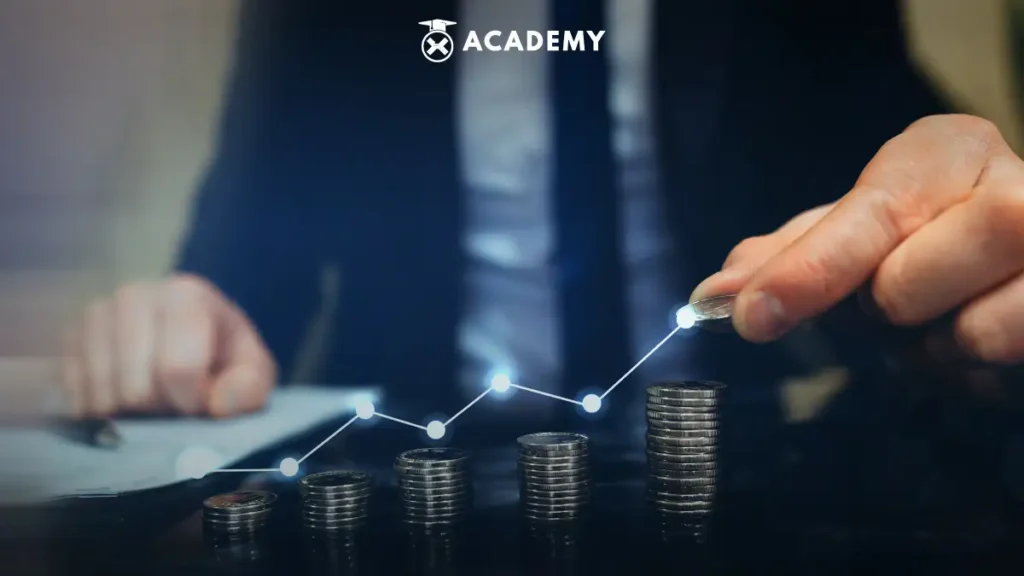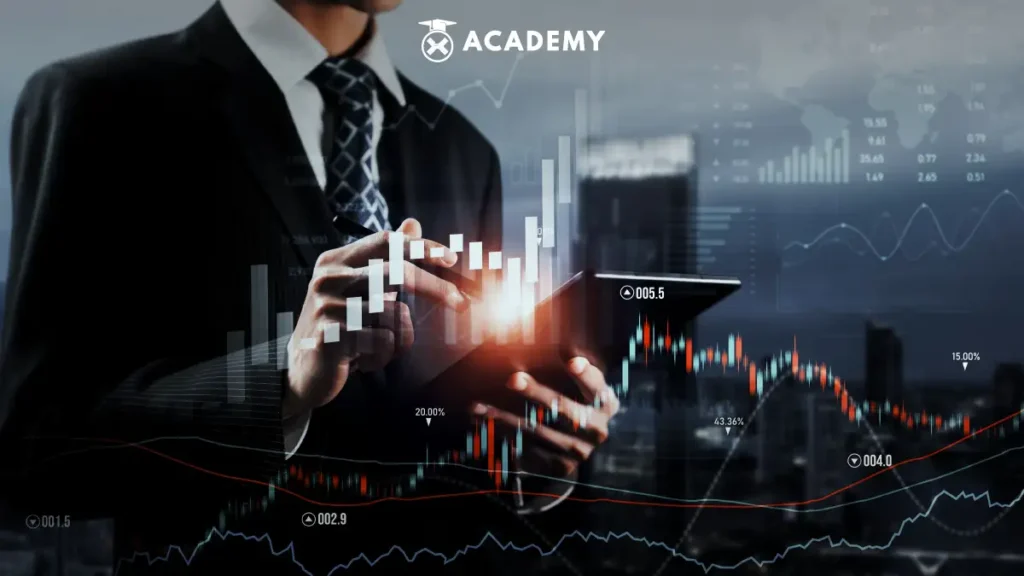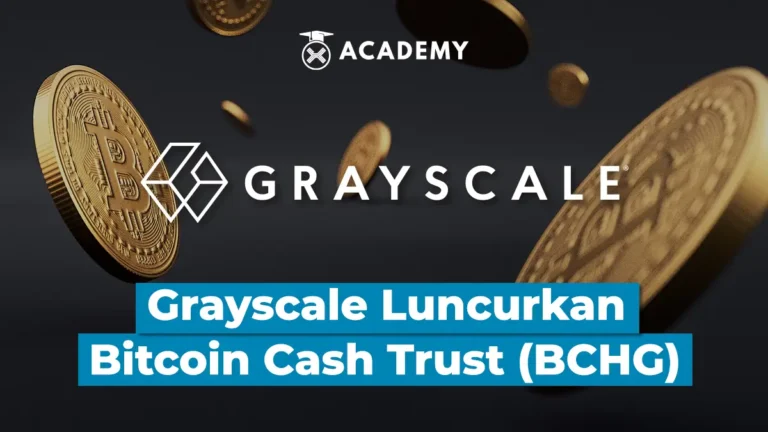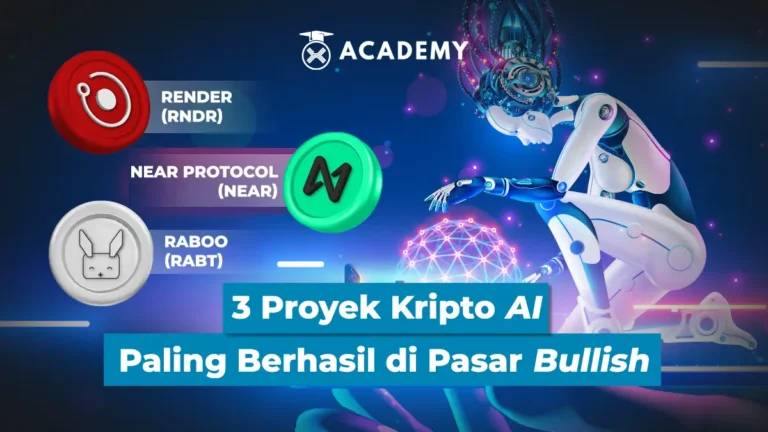The crypto market or the abbreviation of the cryptocurrency market is a place where various types of digital or crypto assets are traded. Crypto assets such as Bitcoin, Ethereum and others are traded on special platforms called crypto exchanges. Even though it is still relatively new in the financial world, in fact the crypto market has received great attention from investors, traders and financial institutions.
Meanwhile, “hawkish” is a term used in the context of monetary or economic policy. If a central bank or economic official is said to be “hawkish” then it means that they have a view that tends to be stronger towards tight policy/tightening of monetary policy. Usually, tight monetary policy means increasing interest rates or reducing the money supply in order to control inflation or maintain currency stability.
On the other hand, FOMO stands for Fear of Missing Out which in Indonesian means the fear of missing out. In the investment context, FOMO refers to feelings of fear or anxiety that someone will miss out on a great opportunity to gain profit if they don’t take certain actions immediately. In the crypto market, FOMO often occurs when the price of a crypto asset suddenly increases significantly.
So, to better understand what hawkish is and its relationship to FOMO behavior in the crypto market, see the full review below.
What is Hawkish?

In the context of monetary policy, the term “hawkish” refers to an attitude that tends to be stronger towards tight policy or tightening of monetary policy. For example, a central bank that takes a hawkish stance may be inclined to raise interest rates or reduce monetary stimulus to control inflation. In this case, they are more focused on currency stability and preventing inflationary pressures than boosting economic growth.
Meanwhile, in foreign policy, “hawkish” refers to a tougher approach to international relations. Leaders or countries that have a hawkish attitude tend to prefer to use military force or force action in responding to threats or situations that are considered to be detrimental to national interests.
On the other hand, in the crypto world, a hawkish attitude can be interpreted as a skeptical or cautious view of certain crypto projects or assets. The analogy could be like this: Imagine yourself as an investor who tends to be hawkish when choosing crypto assets. You will be more careful in choosing assets to invest in, doing in-depth research regarding technology, the development team, the potential for adoption, and other fundamental factors.
Just as a hawkish stance in monetary policy focuses more on currency stability than economic growth, you will be more focused on fundamental factors and long-term potential than being tempted by rapid price spikes. Chances are, you are not affected by FOMO and are not rushing into decisions without careful consideration. With this attitude, you seek to minimize risk and maintain the stability of your portfolio, even if it means missing potential opportunities.
The FOMO phenomenon in the crypto market
FOMO, or fear of missing out, is a feeling of fear or anxiety that someone will miss out on a great opportunity or positive experience if they don’t take certain actions immediately. In the investment context, FOMO refers to an emotional urge to buy an asset or enter into an investment opportunity because of fear of missing out on the gains that are perceived to be happening. FOMO can influence investment decisions by ignoring rational analysis and making decisions based on emotion or social pressure.
Meanwhile, market sentiment, which reflects investors’ collective feelings and perceptions of the market, can trigger FOMO among investors. Some situations that can affect market sentiment and trigger FOMO include sudden price spikes. In this case, when the price of an asset or asset class rises suddenly and significantly, investors who do not own the asset may feel left out and be tempted to buy quickly before the price goes higher.
Besides that, positive news or announcements about a particular project, company, or sector can also create expectations that the asset will grow rapidly. Investors can be encouraged to participate for fear of missing out on potential profits.
Furthermore, recommendations from celebrities, influencers, or well-known figures on social media are also able to create buzz around an asset. People may feel pressured to follow these recommendations so they don’t fall behind on trends.
It should be noted that FOMO can have a strong psychological impact on investors. The urge to overcome FOMO can result in investors ignoring fundamental analysis and risk.
These decisions are often driven by emotion and can lead to irrational ones. On the other hand, the feeling that you might be missing out on a profit can cause stress and anxiety. Investors who are caught up in FOMO tend to feel pressured by market movements and price fluctuations.
That’s not all; FOMO can also encourage investors to constantly buy and sell assets in an effort not to miss opportunities. This can result in overtrading and high transaction costs. The drive to make quick gains through FOMO can also cloud the long-term view. Investors may lose focus on long-term investment goals. In addition, decisions made in a hurry due to FOMO can result in financial losses because assets purchased at peak prices can experience a decrease in value.
The Relationship Between Hawkish Sentiment and FOMO Behavior in Crypto Markets

In the context of the crypto market, hawkish sentiment can generate a skeptical view of a particular crypto asset or the market as a whole. If there are statements or actions that show negative views or rejection of the crypto market from financial institutions or government officials, then it can trigger skepticism from investors and the general public. Such skepticism may relate to the potential for tighter regulation, potential security risks, or uncertainty around the future of crypto assets.
As a result of this hawkish sentiment, some investors may become more cautious about investing in crypto assets and may delay or avoid investing in the short term. They may want to see how the situation develops before making an investment decision.
Even if someone initially has a hawkish attitude towards crypto assets or the crypto market, a sudden and significant price increase can change their outlook. This can occur due to several factors, including FOMO, losing opportunities, the influence of social media and recommendations, changing market sentiment, and waves of investment.
As a result, someone who is initially hawkish may feel drawn to getting into crypto investing because of feelings of FOMO. They can just put their doubts aside and make decisions based on emotion rather than rational analysis. This shows how market emotions and sentiments can affect the way a person makes investment decisions.
The Influence of Psychology on Investment Decisions
Basically, emotions play a crucial role in investment decisions, especially in the highly volatile crypto market. When asset prices rise and fall rapidly, emotions, including excitement, anxiety, fear, greed, and hope, can take over. These emotions can influence how a person perceives risks, potential gains, and investment actions.
The fast-moving crypto markets often trigger impulses to take impulsive actions based on the feelings of the moment. For example, investors may be lured into buying when prices rise high for fear of missing out on profits, or conversely, they may sell when prices fall sharply for fear of further losses. These emotions can shift attention from factual and long-term analysis to instant reactions.
Furthermore, while emotions cannot be completely avoided in investment decisions, it is important to understand that the best decisions are made based on rational and informed analysis. The reason is that a rational analysis helps identify risks objectively and create strategies to manage them. Emotions often encourage ignoring or even increasing risks.
In addition, careful analysis helps to focus on long-term investment objectives and ignore temporary price fluctuations. Emotions can make a person move away from long-term plans because of the urge to make quick profits. Let’s face it: decisions based on emotion can encourage overtrading, where investors are constantly buying and selling assets with high transaction costs. Rational analysis helps to avoid overreaction.
Rational analysis will also help overcome the effects of FOMO (fear of missing out) and FUD (fear, uncertainty, and doubt), which often characterize actions in the crypto market. Not only that, but careful analysis based on factual information will also help in making better decisions than relying solely on feelings or reactions to fast-changing news and events.
Conclusion
In conclusion, hawkish attitudes, FOMO, and crypto assets have a complex relationship in the investment world. A hawkish attitude, which tends to be skeptical of certain markets or assets, can encourage someone to think critically about the risks and potential of a volatile crypto market. However, FOMO (fear of missing out) can change this attitude quickly.
Meanwhile, a sudden price increase in the crypto market can trigger FOMO, which is anxiety about missing an opportunity. Even if initially skeptical, investors may be tempted to rush into investing for fear of missing out on a return. It leads to decisions driven by emotion rather than rational analysis.
Therefore, it is important for you to be wiser when making investment decisions in the crypto market. Watching risks and potentials carefully and basing decisions on thorough analysis will basically help you protect your portfolio from emotional turmoil and rapid price fluctuations.
On the other hand, understanding that the crypto market is high-risk and volatile is an important step in taking smart and well-planned steps in the investment world. With this approach, you can manage risk, maintain a long-term view, and avoid rash decisions that may cost you.
So, now you understand what hawkishness is and its relationship to FOMO behavior in the crypto market. Furthermore, you can also read other interesting articles, such as the FOMC policy, at Indodax Academy.
For information, at INDODAX Academy, you will be able to get other interesting information and articles related to the world of digital assets. Come on, learn about digital assets right now at Indodax Academy!








